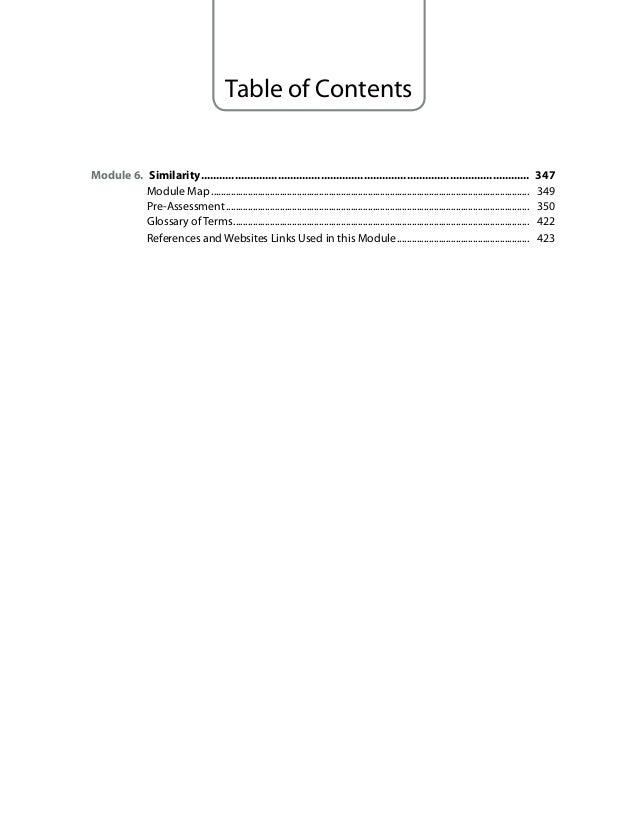

But she had reached her orbiting speed, and had launched herself like a giant projectile on the path that would lead inevitably to Mars, under the guidance of the sun's all-pervading gravity. The Pegasus was barely clear of Earth, and still weeks from her intended goal. They could not understand that the law of celestial mechanics admit of no appeal. Even from here, more than a million kilometers away, the energies that had just flamed across the face of the Moon had been clearly visible, and had done little to restore the morale of the passengers. It was not easy to blame them Earth was still so close that it was a beautiful silver crescent, with the Moon a fainter and smaller echo beside it.

Captain Halstead had been forced to take firm measures with some of the passengers, who wished to turn back rather than go on to Mars and an uncertain future as prisoners of war. For some hours there had been a great confusion and alarm on board, as the radio messages from Earth and Federation were intercepted. THE LINER Pegasus, with three hundred passengers arid a crew of sixty, was only four days out from Earth when the war began and ended. I hope we have a chance of meeting again, when this business is finished." Go down into a crevasse-anywhere you can find shelter-and stay there until it's all over. If anything starts to happen while you're still out in the open, get under cover as quickly as possible. You could stay, but for your own safety I advise you to turn around and drive like hell back to the Observatory. We've not much more than three hours before they get here, assuming they don't step up their speed still further. I'm afraid they've got a fundamental new method of propulsion-I only hope it hasn't given them new weapons as well. But we've spotted their ships, and they're approaching ten times as fast as anything that's ever moved through space before. That's what the Federation wants us to believe, and we hope they go on thinking we've been fooled. The radio was not telling the truth about that twenty hours of safety. Don't interrupt-we're nearly there and this is what I really want to tell you. That's why Earth may owe you a greater debt than it can ever pay. I'm bringing the key components for what may be the decisive one. Some have been completed and tested, others are waiting for the final adjustments. "That's the background, but now it's only the less important part of the story. The Federal cruiser Acheron is an honest-to-Heinlen torchship, using a hand-waving reactionless drive.) Like most non-torchships it has barely enough propellant to perform the mission. (ed note: The liner Pegasus is a conventional ion-drive spacecraft using finely divided dust as propellant. Nowadays it is implied that a Torchship is some kind of high thrust fusion drive, but Heinlein meant it to mean a handwavium total-conversion mass-into-energy type drive. Sometimes it is referred to as "Ortega's Torch". The term "Torchship" was coined by Robert Heinlein in 1953 for his short story "Sky Lift", it is also featured in his stories Farmer in the Sky, Tunnel in the Sky, Time for the Stars, and Double Star. Such engines are called " Torch Drives", a spacecraft with a torch drive is called a " Torchship."

Such engines don't have to use weak Hohmanns, they can use fantastically expensive (but rapid) Brachistochrone trajectories. What rocket designers really want is an engine with both high thrust and high specific impulse. These are usually electrically powered rockets, which is why they are power-limited. "Specific Mass" or "Alpha" (α) is the mass of the propulsion system divided by the thrust power. The technical terms for Fuel Economy low-thrust + high-specific-impulse are Specific-Mass Limited, Low-Thrust Systems, and Power-Limited Systems. These usually create the exhaust velocity by thermal means (heat), so they are limited by how hot you can get the exhaust (limited by chemical energy or limited by the melting point of the rocket engine). Typical examples are chemical and solid-core nuclear thermal. The technical terms for Muscle high-thrust + low-specific-impulse are Specific-Impulse Limited and High-Thrust Systems. Some engines can " shift gears" from muscle to fuel-economy and back, but that still just trades one set of liabilities with another. Unfortunately the low thrust means they take forever to inject themselves into a Hohmann trajectory. Which really cuts into the payload mass.įuel Economy engines need only modest amounts of propellant. Muscle engines have the thrust to perform Hohmann trajectories but the low specific impulse means they have to carry outrageous amounts of propellant.


 0 kommentar(er)
0 kommentar(er)
